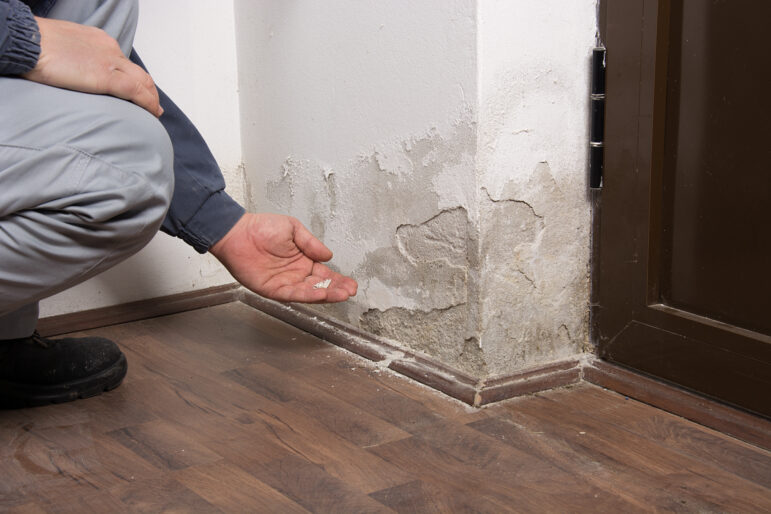
While we continue to experience a mix of winter and spring, melting snow and extra precipitation often cause flooding and water damage. In order to minimize that damage, maintenance managers need to know how to decrease the risk of moisture and mould, where to look for potential damage, and how to handle it if it arises in the building.
Keeping your building dry allows you to preserve the look of your property, keep staff and visitors safe from the effects of mould, and save time and money on costly repairs.
Minimizing the risk
Taking a proactive approach to keeping your building dry this spring starts with regularly assessing your property. Look for missing sealants, check your roof for damage or openings, make sure any vents are hooded, assess your HVAC for leaks, and address the humidity in your building, keeping it at an optimal 30 to 50 per cent. Schedule regular maintenance for all areas, too, so you are prepared for any failure and can correct any issues before they lead to leaks or water damage.
Looking for water damage
Identifying water damage can be simple, but finding its origin may require a professional. Check for staining on ceiling tiles, water running down the walls, and puddles on the floor as obvious signs. More subtle signs could include peeling or bubbling of wallpaper or paint, a musty odour, and evidence of mould growth with green or black dots on the walls or ceiling.
Water damage can become apparent in a matter of hours, or it may take days, so be vigilant in catching it so you can take care of it before it worsens.
The best course of action
Once you see signs of water inside the building, you need to act fast. Replace any wet drywall, flooring, or interior material to mitigate mould growth and risk inside your building. While this will not address the root of the issue, it will help to minimize resulting health risks and could lower the cost of the repairs or replacement later. Also, ensure to protect any equipment, inventory, or areas of concern to avoid any further damage while you handle the issue. Calling in a restoration company is the best and fastest way to determine the source of the leak and get it fixed, avoiding potentially costly repairs and work stoppage.
Spring showers and melting snow often bring water inside the building. Stay ahead of any water damage by assessing your building, conducting regular maintenance, identifying damage early, and tackling the issue early to minimize health risks and protect your budget.
The post Keeping your building safe and dry appeared first on REMINET.








0 Comments